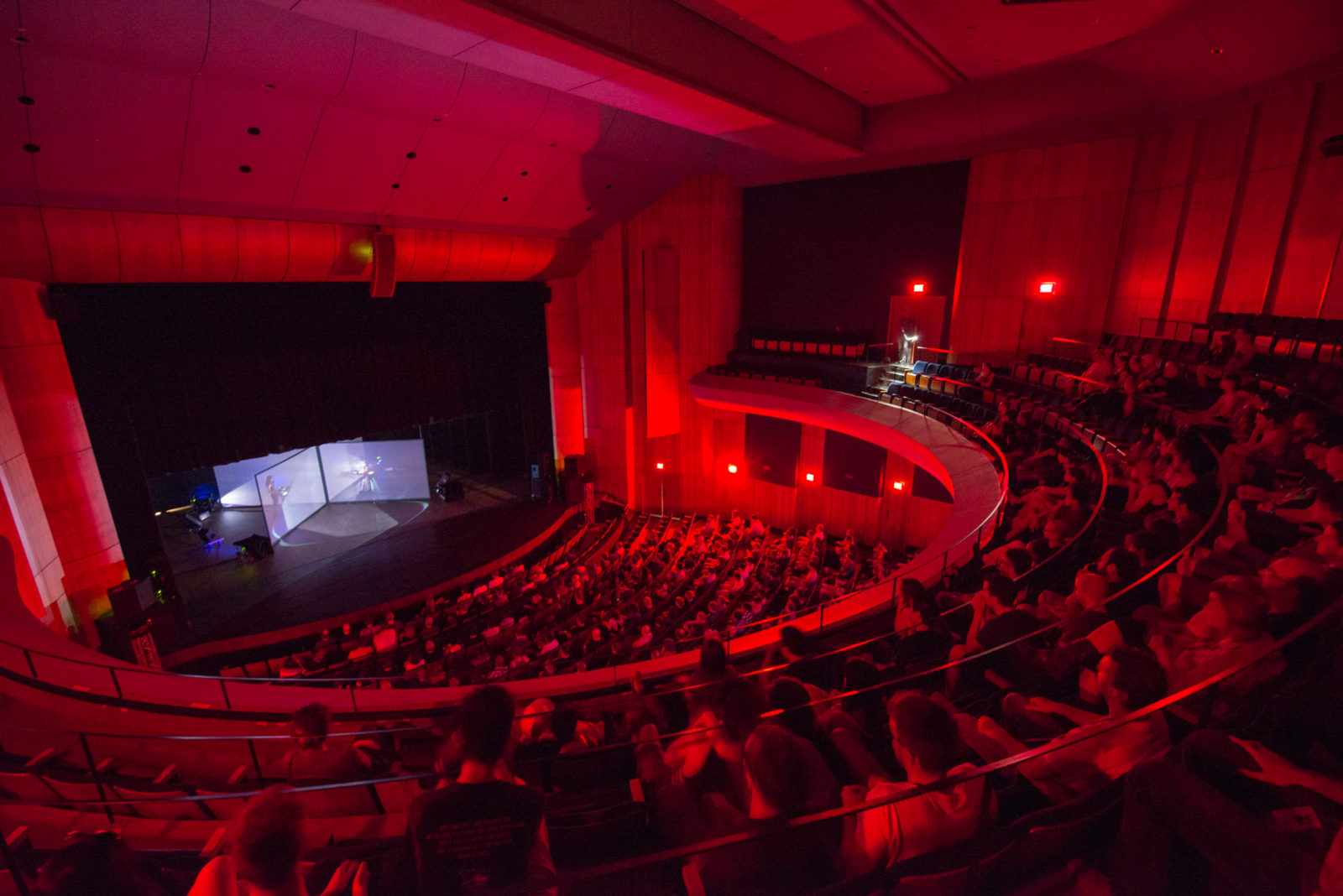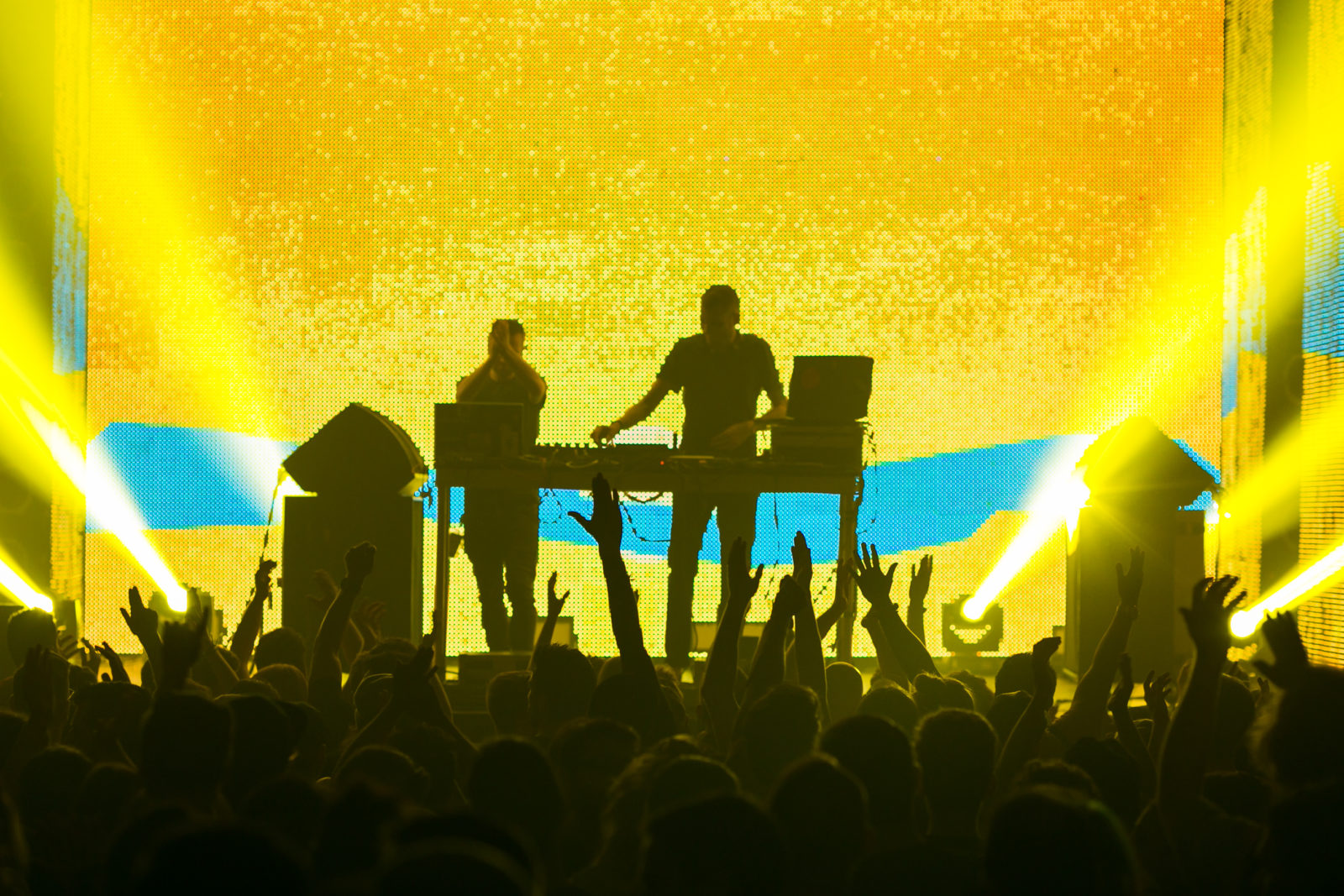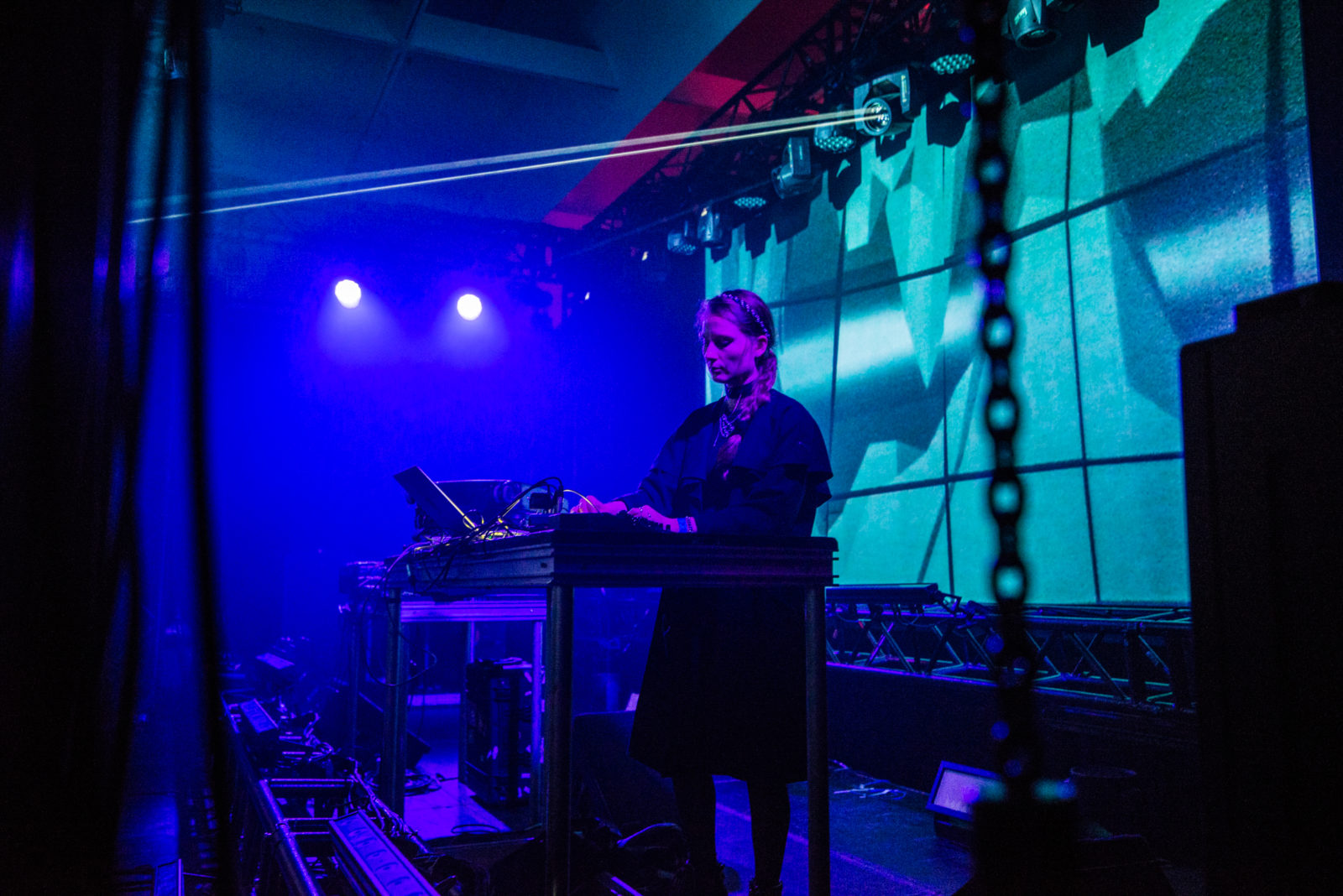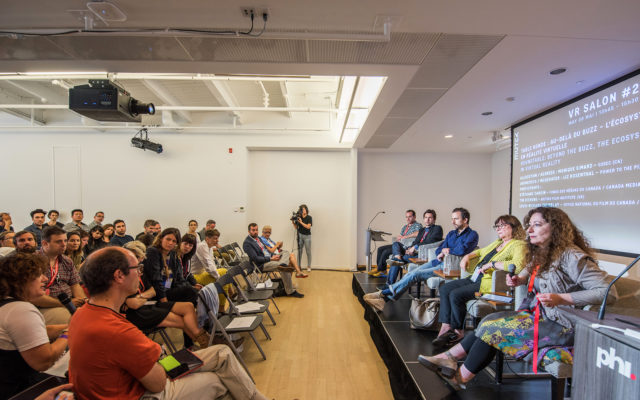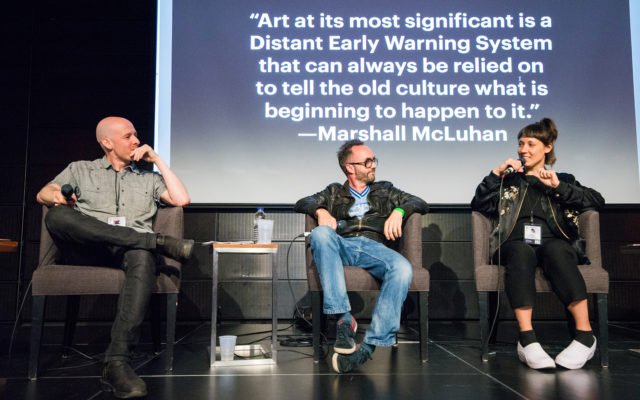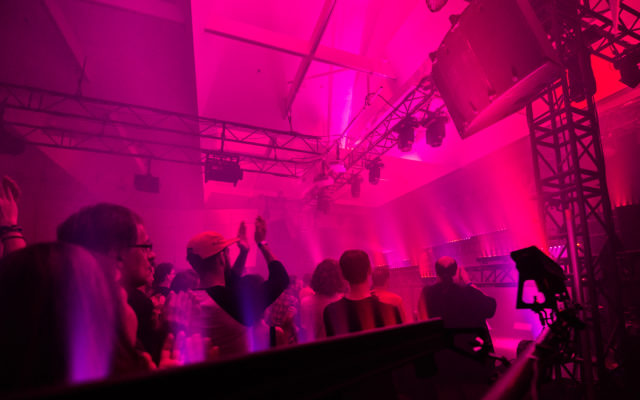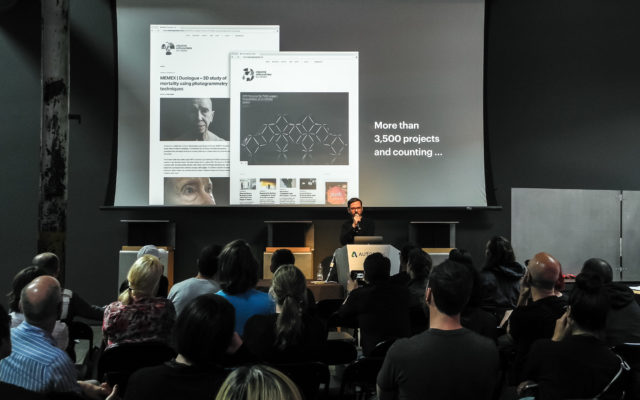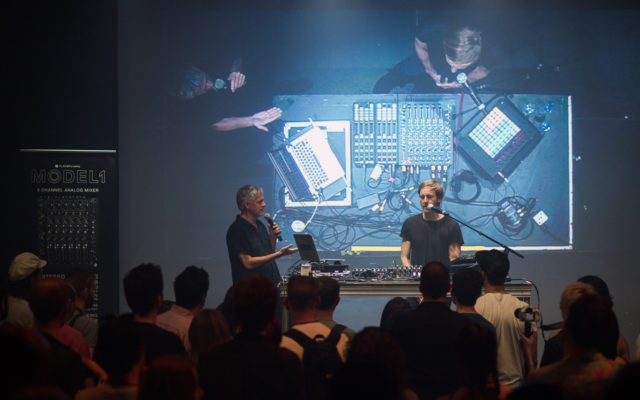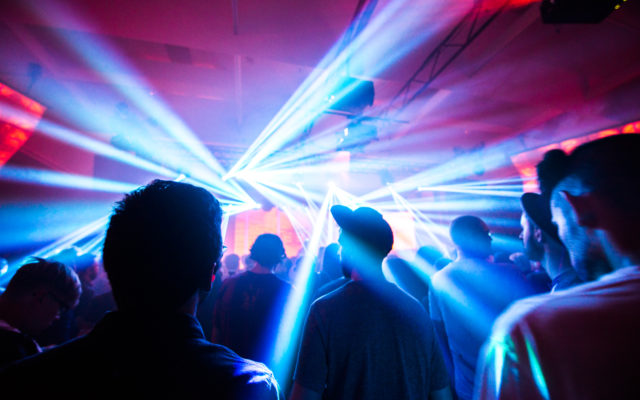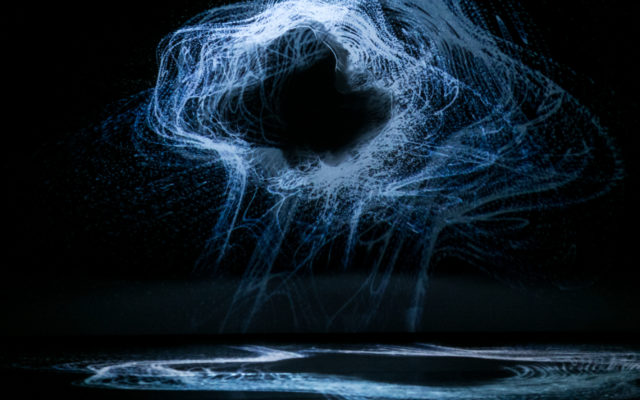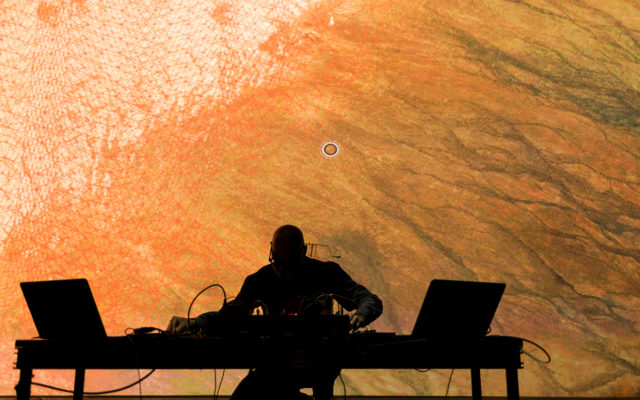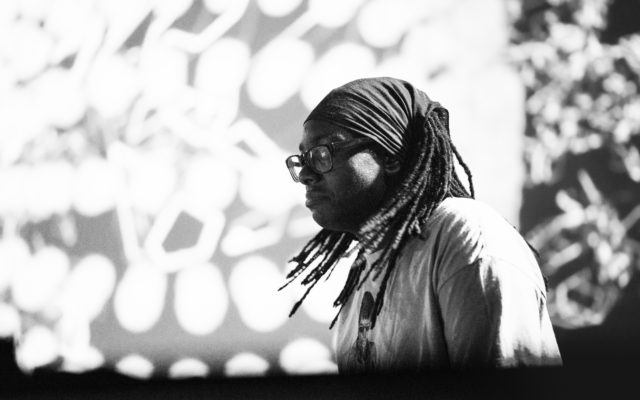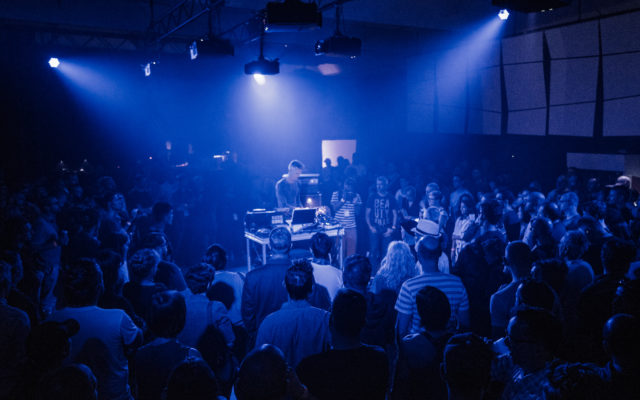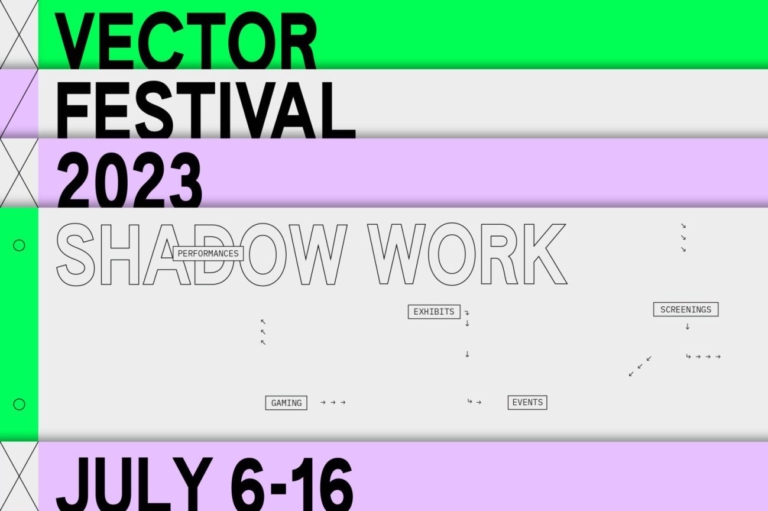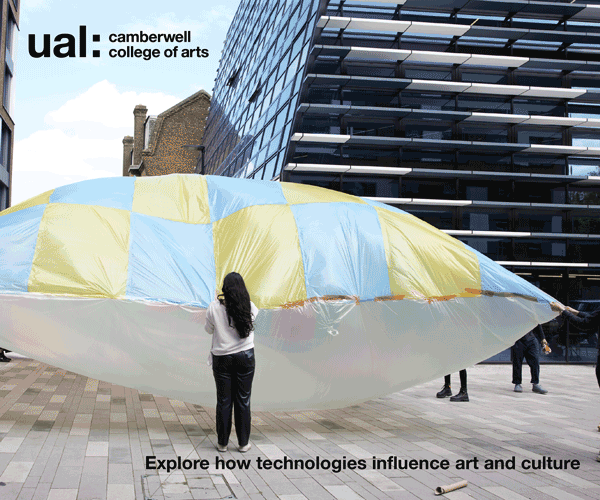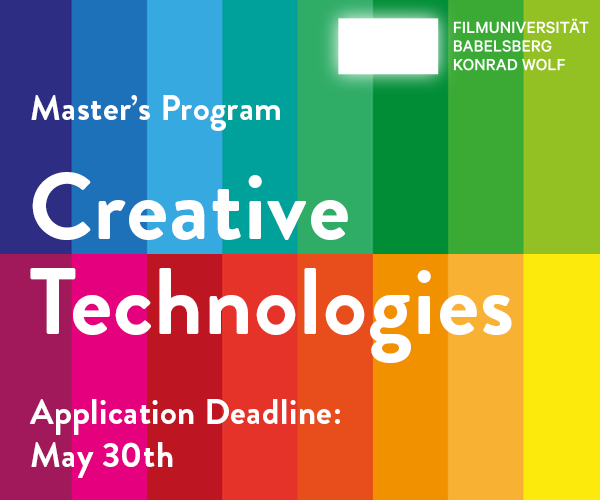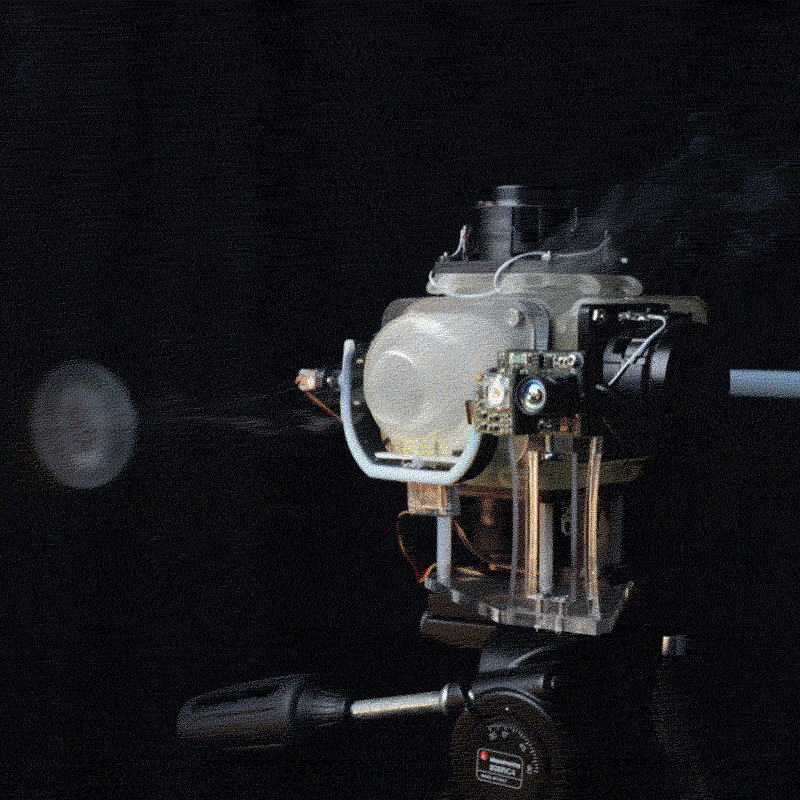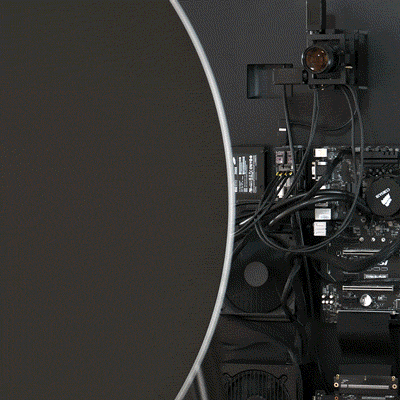The flyer of the 2005 edition of MUTEK quite famously (at least in Canadian graphic design circles) featured a spread of neatly organized x-rayed modern and retro electronic devices: a cell phone, a Game Boy, cassettes, CDs, various cables, etc. The fact that many of those particular technologies are now long obsolete is irrelevant, why that edition’s identity remains memorable is because it schematized a range of modes of engaging technology – perfectly capturing the spirit of the festival. While more than a decade has passed, that vision endures and MUTEK has been vigilant to ensure it fluidly adapts with the rapidly changing landscape. An iPhone, one of Teenage Engineering’s Pocket Operators, an HTC Vive – if they were to restage that campaign now, the ‘toolkit’ would undoubtedly be quite different.
While it’s been three weeks since the 17th edition of MUTEK wrapped up the CAN team is still smiling after our time in Montréal. As per usual, the festival delivered with a range of audiovisual performance and while the program served up the moments you’d expect – a shufflin’ house and techno clinic by grandmaster Uwe Schmidt, stroboscopic scenography courtesy of NONOTAK, illuminating conversations with key artists and musicians – but many of MUTEK’s most interesting moments resulted from their shining the spotlight on new(er) and emerging artists, and a range of complimentary symposiums and informal talks that foreground the state of contemporary digital creation.
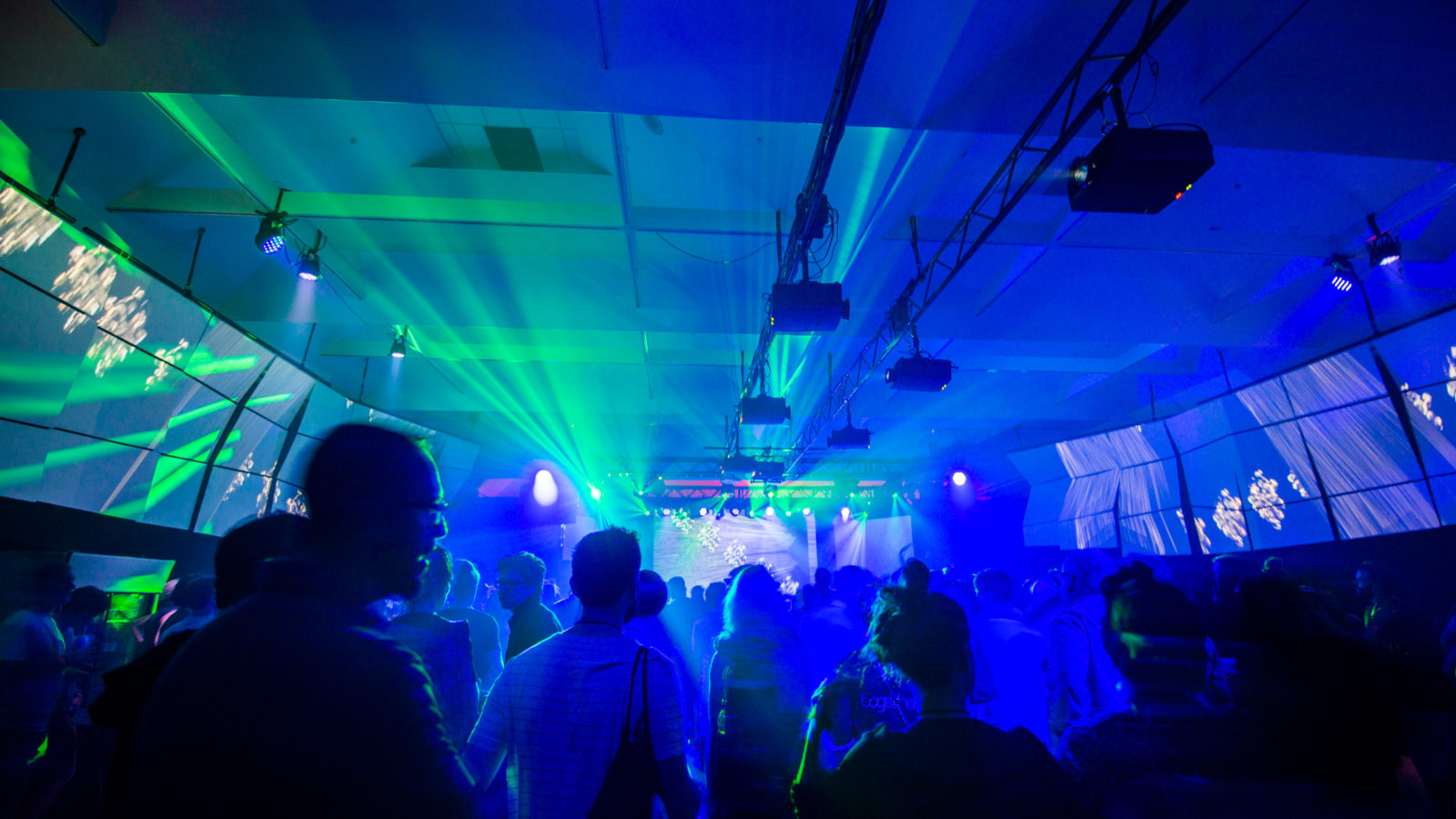
It’s always difficult to pick out highlights given MUTEK’s program verges on overwhelming. We traditionally look to A/Visions first, and amongst its audiovisual offerings Paul Jebanasam and Tarik Barri’s fluid and expressive Continuum delighted the crowd, and Dasha Rusha & Stanislav Glasov’s Dark Hearts of Space (which used a scrim/screen dual projection to create a black hole) got a rousing ovation. At the Musée d’art contemporain, Lee Gamble and Dave Gaskarth presented the new aesthetic-y Foldings (which fused the former’s oblique techno with the latter’s satellite photography abstractions), Herman Kolgen rumbled out an even more polished version of Seismic (which models a soundscape and dynamic universe with archival earthquake data), and the electroacoustic quartet QUADr made machine music with modified bicycle wheels. At Metropolis, Function, Lakkar, and Dasha Rush provided a full-on ‘big room’ techno beatdown; outside at the Quartier des spectacles American beat maestro Machinedrum and footwork producer Jlin mixed it up for an energetic crowd; at the Phi Centre, viewers donned Samsung Gear headsets and went ‘inside’ a selection of VR experiences; and back at the MAC Chic Minature wrapped things up with a perfect closing set that was accompanied by visuals courtesy of our peers at Derivative. What a week!
CAN’s role within the festival was primarily within its symposium(s), acting as as facilitators and co-presenters. After kicking their VR Salon event series off last fall, VR Salon #2 took place in the days leading up to MUTEK 2016. It was exciting, and brought a range of industry and creative voices together to discuss production, distribution, and goals and intent. While studios like Secret Location and Felix and Paul were on hand to share their thoughts about the state of VR the show was most definitely stolen by a panel underscoring the ‘conceptual challenges in VR creation’ that showcased the findings of NFB XP, an all-star workshop of designers and artists working in and around VR/AR. Representing the 16 (all women!) participants, Sarah Rothberg, Karen Palmer, Lauren Goshinski, Patricia Bergeron, and others pitched the rough ideas for projects that had developed in the two-day crunch, but more broadly commented on what mixed reality is, but more importantly: what it could be. The following day, CAN co-presented a panel on VR across theatre, performance, videogame, and interactive experiences that was highlighted by savvy presentations by Simon Wilkinson (Circa69) and Klasien van de Zandschulp (Lava Lab) detailing models for and (deviously) manipulation in interactive narrative. And a few days later, one of our two ‘HOLO Encounters’ within MUTEK’s DIGISECTION daytime program invited Goshinski and Wilkinson to join our Greg J. Smith in discussion to try to weave all these threads on immersive media together.
Our other encounter foregrounded the work of Berlin-based lighting (and production) designer Marcel Weber (aka MFO). The night after shrouding the MAC’s main room in a thick cloud of LED illuminated fog for Tim Hecker’s performance, Weber sat down with Alexander Scholz for a discussion about his evolution from VJ to a full-on spatial designer. Their meandering conversation touched on the pitfalls of ‘preset thinking’ and the embedded approaches intrinsic to most commercial software worfklows to more nuanced philosophical distinctions, such as the difference between linear time and the creation of ‘moments’ in performance. Alex also represented CAN and HOLO at COMPOSITE #5, a satellite event organized by Conseil des arts de Montréal that invited a (primarily local) group of creatives and community organizers together to give brief talks on their activities at Autodesk’s office.
This report opens with the observation that while the tools and means of production may come and go, festivals live and die (or flourish or stagnate) by the spirit which they introduce, explore, challenge, and move with new sounds and aesthetic forms. We are always happy to participate in MUTEK as it is a robust platform for networking and knowledge sharing amongst cultural producers, but what has kept us going back to Montréal each spring is the communal warmth that radiates from its participants’ (from the MUTEK programming team through to wide-eyed first time attendees) appreciation of new forms of electronic music (and art) – ’tis authentic and authenticity is the rarest of things.
There are rumblings that MUTEK has big plans for 2017, thus far they’ve announced they are moving the festival to the end of August – one wonders if that jump to the late summer will be accompanied by some changes to their format. In the meantime, a new Japanese edition of the festival (in Tokyo) and VR Salon #3 will both take place this fall.
MUTEK
https://vimeo.com/170836957
